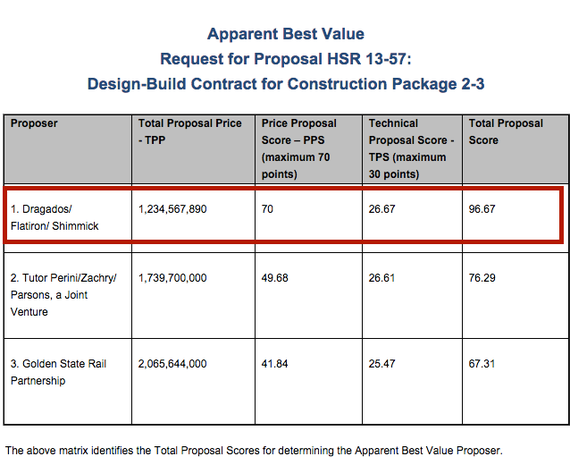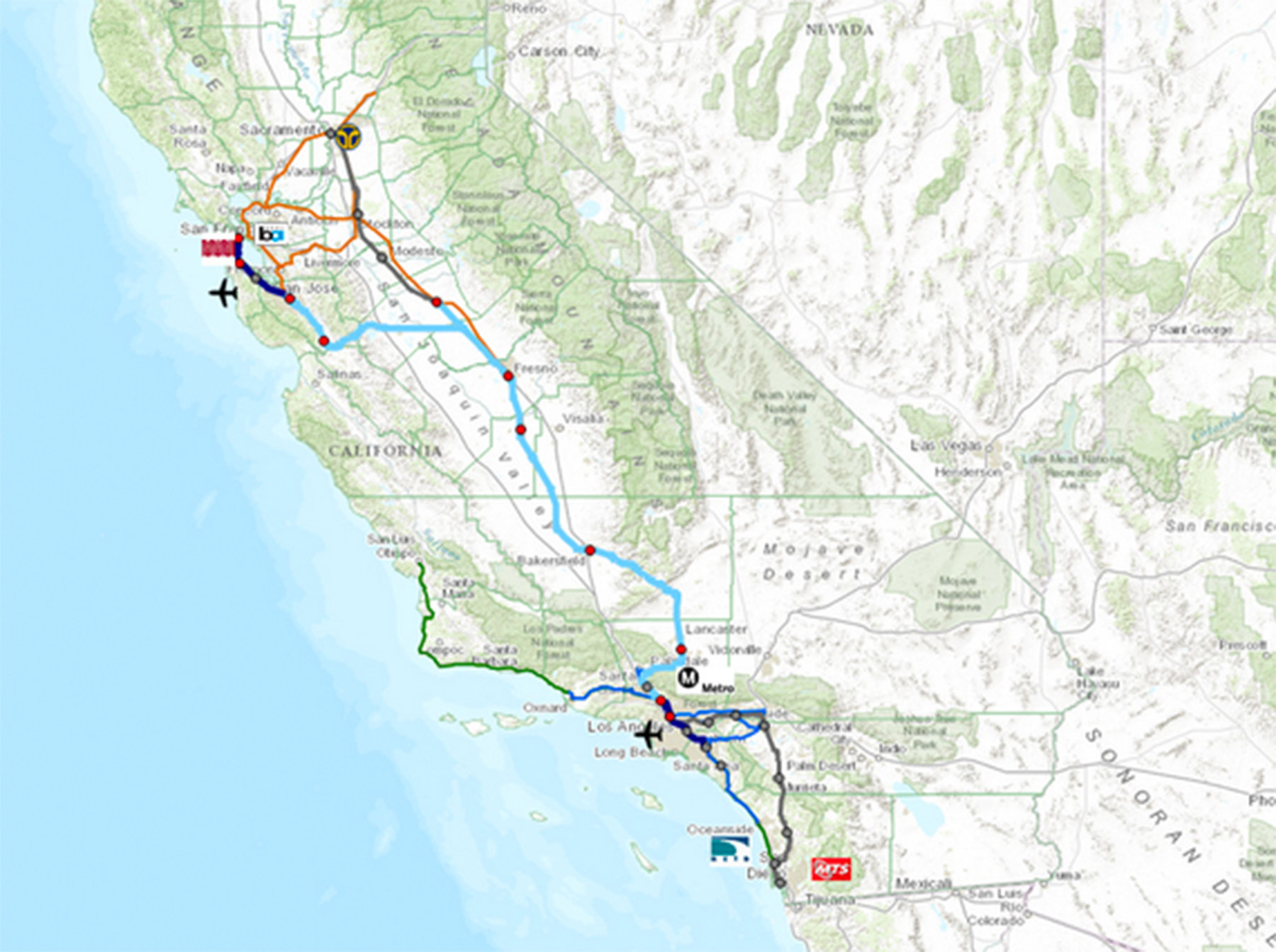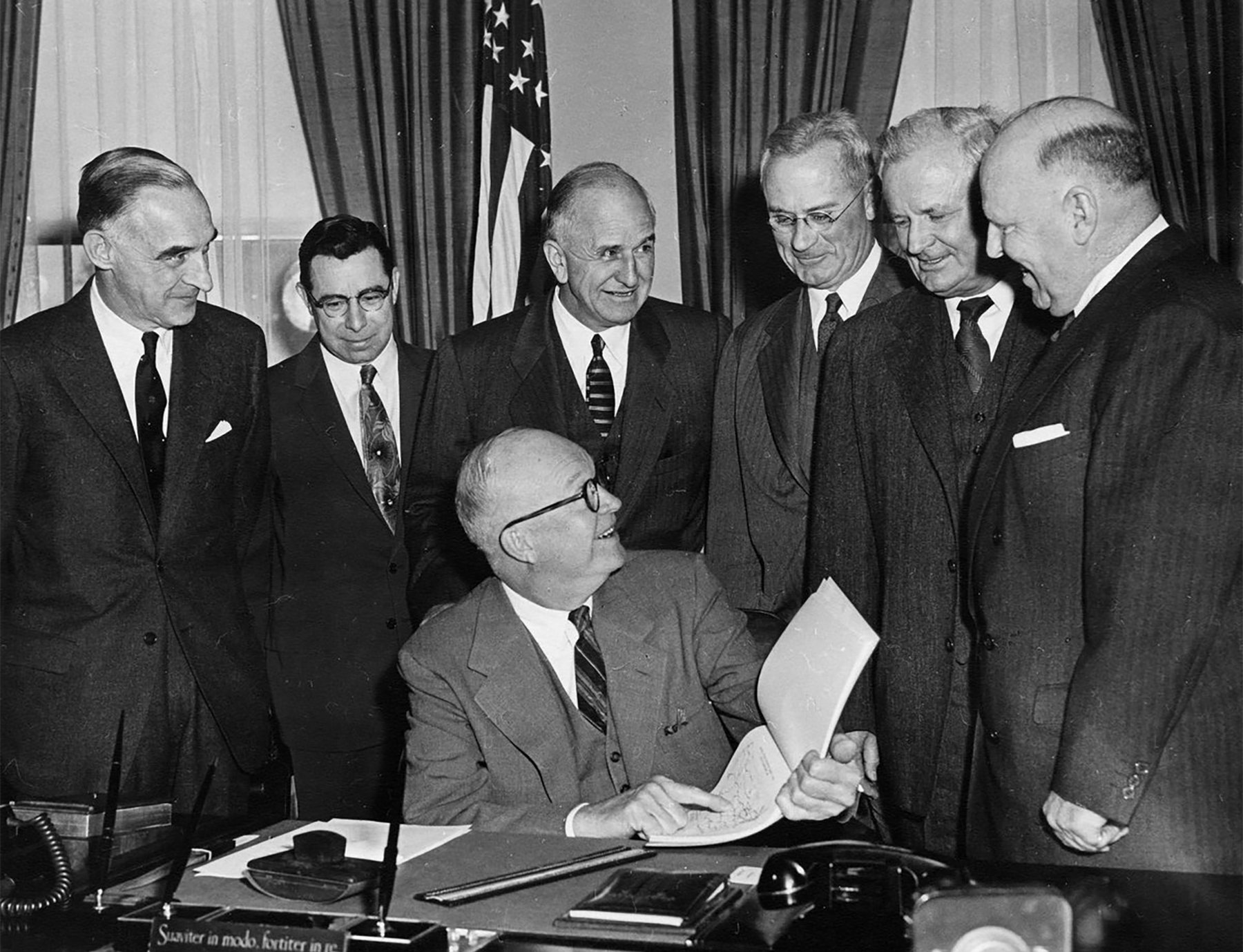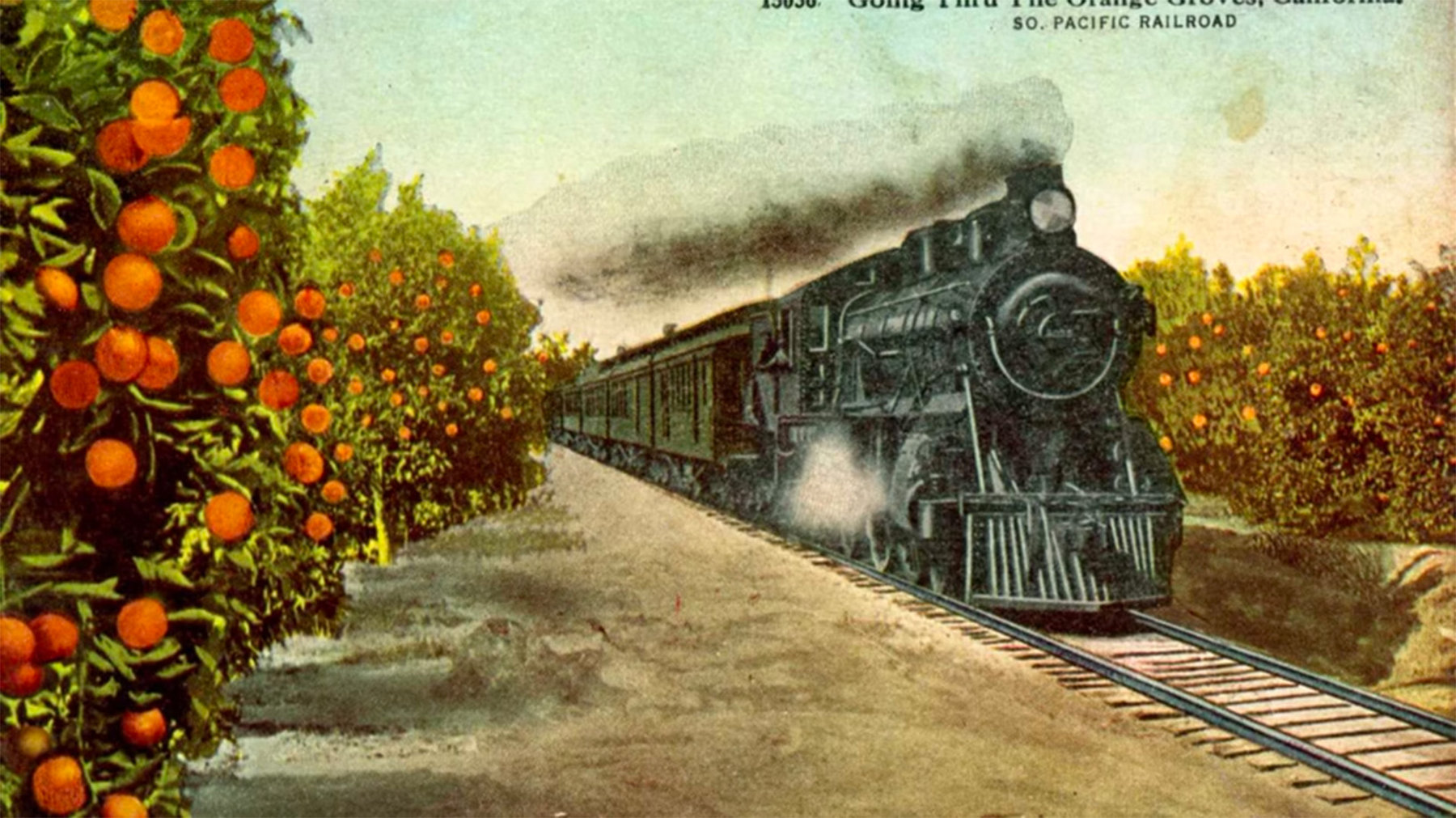Yesterday I noted two seemingly positive developments in the California High-Speed Rail saga. That was installment No. 14 1/2 in the series. For previous episodes see No. 1, No. 2, No. 3, No. 4, No. 5, No. 6, No. 7, No. 8, No. 9, No. 10, No. 11, No. 12, No. 13, No. 14, and then No. 14 1/2. Today’s item is officially No. 14 3/4. Number 15 is still to come!
The two bright spots were that reelected Governor Jerry Brown will spend the first full day of his fourth and final term at a groundbreaking ceremony in Fresno for the first leg of the system, indicating both that the project is getting going and that he remains committed to it; and that the winning bid for construction of the second leg had come in substantially under estimates. The high-speed rail authority’s estimate had been $1.5 billion to $2 billion for this leg. The winning bid was $1.2 billion.
I’ve been reading your posts on the California High Speed Rail project with interest but just had to comment on the lower than expected bid submitted by the Dragados group [the winning bidders]. The large spread in bid amounts tells me one thing. Dragados has identified flaws in the design of the project and expects to make it up and more in engineering change orders.
On a project of this size and complexity the engineering is more of a guideline than an absolute and as part of putting together the bid package, all these companies are looking for engineering flaws. These aren’t lump sum bids but instead have pricing associated with different aspects.
I haven’t seen the bid submittals but I’ll wager there are many items bid at close to cost or below cost and some others that represent mistakes and are listed at higher than normal rates. This is standard practice on public projects and no one should have the illusion that this phase is going to be completed for $1.2 billion. That’s a political number to be trotted out up until the time the project is complete and the true bill becomes apparent.
Here are the bids we’re talking about, with the winning entry noted (by me) in red. More details on the bidding and scoring here.

Back in Episode 3, I quoted the responses of Dan Richard, chairman of the CHSRA authority, to a range of technical, environmental, commercial, and political criticisms of the project. Richard, as a reminder, had twice been head of the board overseeing the Bay Area’s public-transit system, BART, and has experience with projects of this sort.
I understand the reader’s concern because it is often the norm in large, complex projects that there are overruns caused by change orders, based on engineering design flaws. However, there is a very key difference in this procurement, because we are using an approach called “design-build.”
In a standard procurement, the sponsor (i.e., a governmental entity or corporation) hires one firm to design the project and then puts the design out to bid to potential constructors. That is where the disconnect between the design and actual construction can result in problems. In contrast, a design-build approach works as follows:
(a) our design contractor produces a design at about a 30% level; this is enough to define the project conceptually, allow for environmental analysis and so forth;
(b) we then receive bids from teams that will complete the design and build to that design; this method makes it exceedingly difficult for the contractor to claim design flaws as a basis for change orders since they are the ones completing the design, and
(c) the bid teams have the right to submit so-called Alternate Technical Concepts (ATCs) that propose changes to our basic design that would save money or time in the construction. These ATCs are reviewed by us before the bids are submitted for consistency with the approved environmental documents, adopted design standards, community impacts, etc. If approved, the bidder may include them in their bid to further enhance their economic competitiveness.Design-build has been used successfully on many large projects (when I was at BART, we built the extension to San Francisco Airport using a design-build approach). We feel this procurement showed that design-build is the way to go and we do not believe we will be subjected to a spate of change orders as a result. Moreover, it is an approach that encourages innovation and we’re seeing that here.
The proof will be in the pudding, but we are quite cognizant of the issues raised by your readers.
Onward.
[And, yes, I have asked Richard whether the exact winning bid (look at it again, 1,234,567,890) is serendipitous, engineered to come out that way, a bit of whimsy, etc.]



